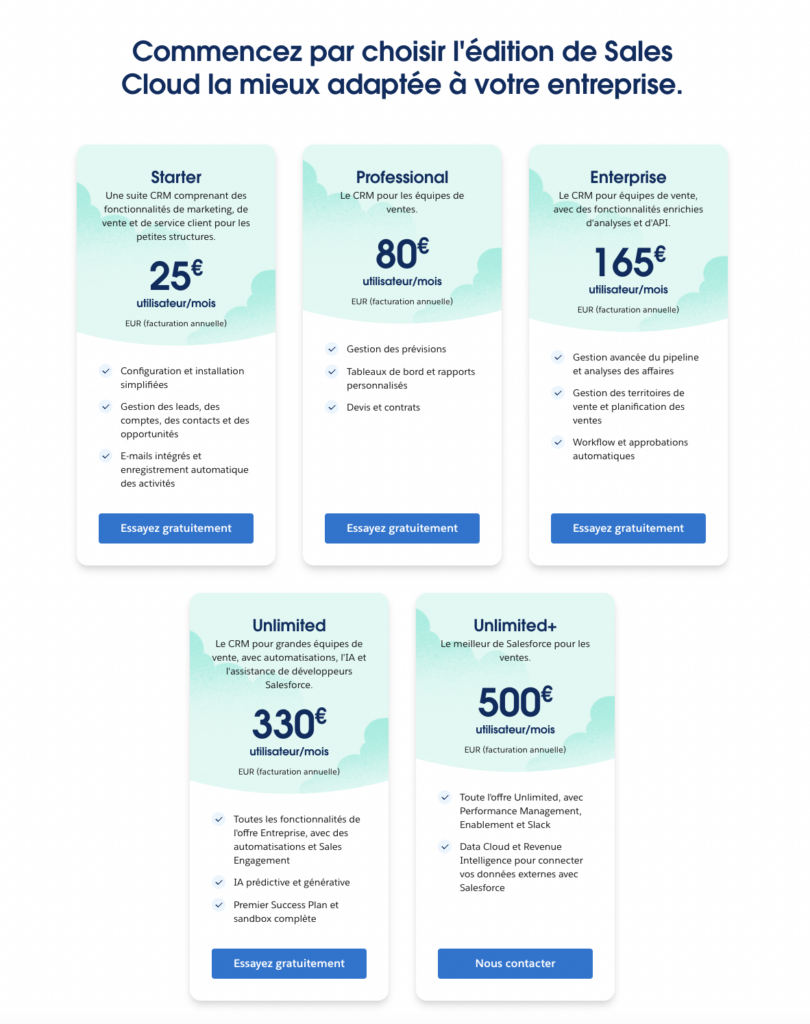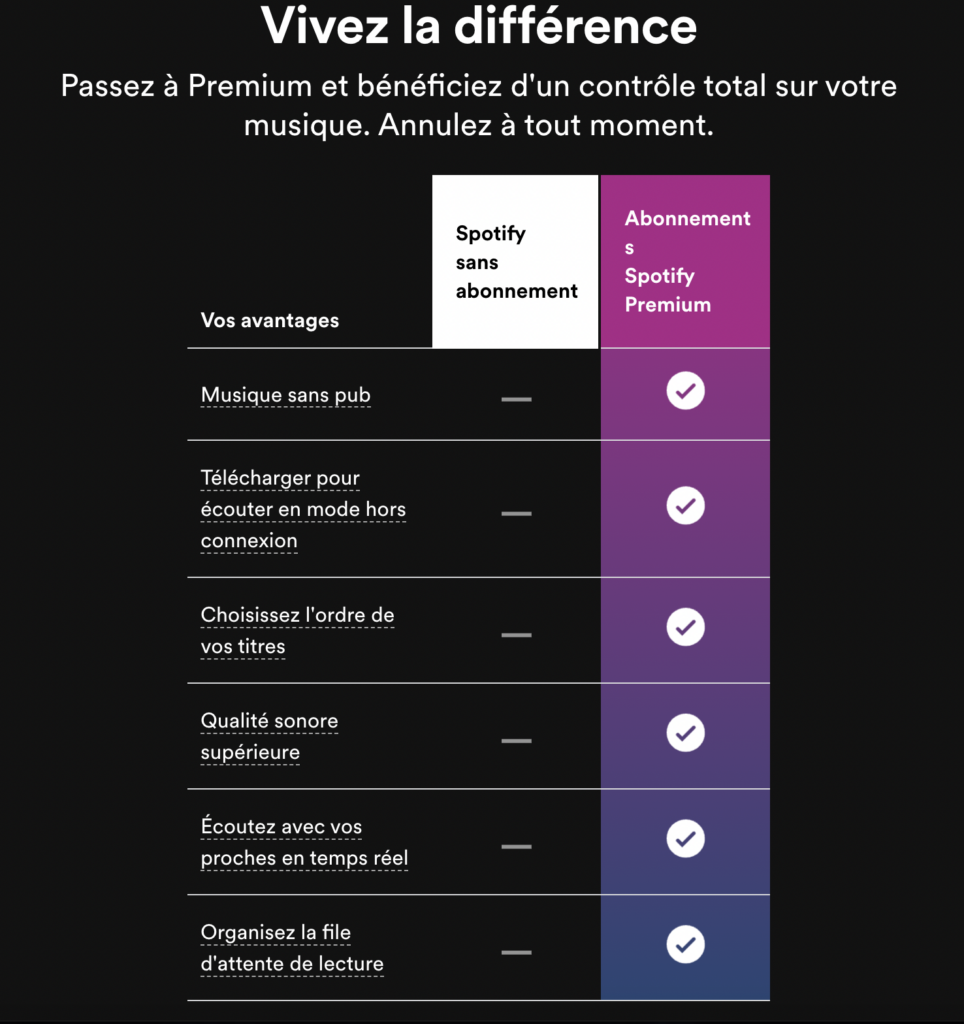Subscription Pricing Strategies: Find the Right Price for Your Service

In the competitive world of subscription-based business models, developing an effective pricing strategy is fundamental. Wise pricing reflects the value of your offering, meets your customers' expectations and supports your growth. This guide explores various strategies and highlights the importance of flexibility and customizable options.
Understand the basics
Subscription pricing is moving away from one-time payment models in favor of recurring revenue. It has benefits both for businesses, providing financial predictability, and for consumers, ensuring continued access to the product or service.
Main strategies
- Tiered pricing: This approach segments offerings into different tiers, each with its own price, allowing customers to choose based on their needs. It is ideal for serving a diverse clientele.
Salesforce : This CRM giant uses tiered pricing based on features and service level, allowing businesses of all sizes to find a plan that fits their specific needs. From “Starter” to “Unlimited+,” each tier offers a richer set of features and customization capabilities.

- Usage-based pricing: Here, customers pay based on their actual consumption. This strategy promotes fairness and can attract those who prefer to pay only for what they use.
AWS (Amazon Web Services) : AWS offers usage-based pricing for its cloud computing services, where customers pay only for the resources they consume. This flexible approach is ideal for startups and growing businesses because it helps avoid high fixed costs and adapt to changing needs.
- Freemium model: Offering a free version of your service can entice potential customers to try your product risk-free before making a financial commitment. Paid options are reserved for advanced features or more intensive use.
Spotify : The music streaming service offers a freemium model where users can access a vast library of music for free with ads, or opt for an ad-free premium subscription with additional features like downloading music for offline listening. This model attracts a wide range of users and facilitates upselling to paid plans.

- Premium Subscriptions: Offering a premium or value-added tier can capture the segment of the market willing to pay more for an exclusive service or additional benefits.
LinkedIn : LinkedIn offers a good example of a premium subscription with its “Career”, “Business”, “Sales”, and “Hiring” plans. Each plan is designed to meet the specific needs of different user segments, from job seekers to sales and recruiting professionals, providing exclusive tools and insights that justify a higher price.
Flexibility and customization
The key to a successful pricing strategy is flexibility. Businesses must be prepared to adjust their offerings to meet the changing needs of their customers. Customizable options allow for finer adaptation, increasing satisfaction and loyalty.
Choose the best strategy
Selecting a pricing structure requires a thorough understanding of your target market, a competitive analysis, and an assessment of the perceived value of your offering. Customer feedback is also crucial, providing direct insights to refine your approach.
Adopter la bonne stratégie de tarification pour votre modèle d’abonnement est essentiel pour le succès de votre entreprise. Une structure bien pensée, qui allie flexibilité et personnalisation, peut non seulement améliorer la satisfaction client mais aussi stimuler la croissance de l’entreprise. Dans ce contexte, Silpay se révèle être un partenaire inestimable. Notre solution SaaS simplifie la gestion des abonnements, offrant la flexibilité nécessaire pour mettre en œuvre une stratégie de tarification dynamique et réactive. Découvrez comment Silpay peut vous aider à optimiser votre tarification et à propulser votre entreprise vers l’avant.